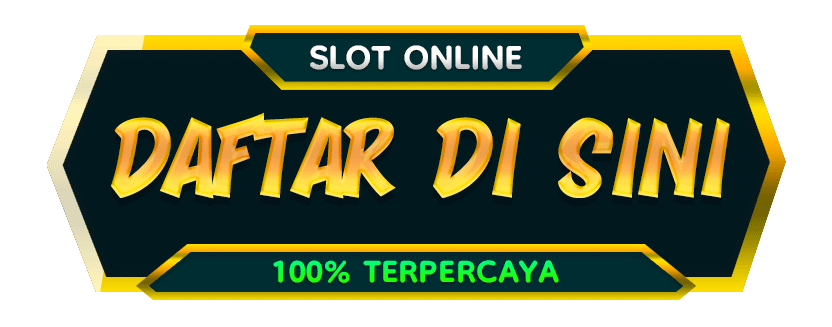Royal88
ROYAL88: Link Daftar Slot Toto Terbaru Terpercaya & Teraman di Indonesia 2024
ROYAL88: Link Daftar Slot Toto Terbaru Terpercaya & Teraman di Indonesia 2024
Couldn't load pickup availability
ROYAL88 menawarkan bantuan melalui livechat di situs toto slot ROYAL88, email, dan nomor telepon yang tersedia serta memberikan kesempatan kepada Anda untuk mendapatkan keuntungan tambahan bonus dan hadiah besar dengan berpartisipasi dalam promo kami.
Situs Judi Slot Toto Online ROYAL88 menjadi salah satu situs judi slot online paling gacor online dengan fitur bonus yang ROYAL88 sangat menarik untuk Anda mainkan dan kami juga menyediakan fitur demo untuk memungkinkan Anda mencoba game slot gacor tanpa harus mempertaruhkan uang sungguhan
Situs toto Royal88 merupakan salah satu situs website judi slot gacor online yang menyediakan pembayaran transaksi deposit terlengkap dan paling canggih di Indonesia. Banyak nya promo dan bonus menarik hadir di Royal88 toto slot dalam menemani anda bermain situs judi slot terpercaya. Keamanan akun dan server kami prioritaskan untuk anda yang sedang mencari cuan di situs slot online Royal 88. Tips memilih permainan yang sedang gacor juga kami berikan dengan cara update live RTP slot akurat setiap hari nya.
Toto slot Royal88 juga merupakan salah satu situs judi terpercaya dengan beragam fitur permainan yang paling gacor tentunya. Kami menghadirkan permainan slot gacor berkualitas dengan banyak nya pilihan game dengan keuntungan yang bisa anda dapatkan dengan nilai besar. Buruan bergabung bersama Slot toto Royal88, dapatkan bonus kemenganan dan jackpot yang berlimpah RTP live di jamin gacor.



